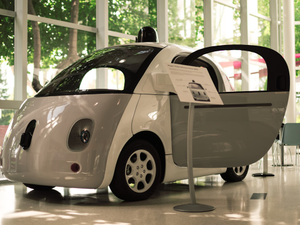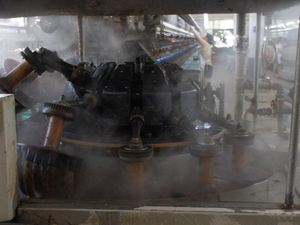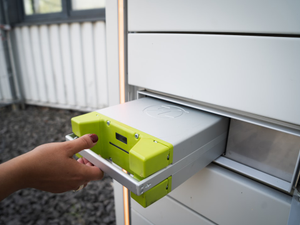Space Nukes: How America Plans to Power Up the Moon Before China Takes Over

The moon is about to get a serious power upgrade, and it’s not your grandpa’s solar panels we’re talking about. NASA is on a mission to plant a nuclear reactor on lunar soil by 2030, turning what sounds like a sci-fi fever dream into a geopolitical chess match.
The stakes? Whoever drops a reactor on the moon first gets to claim a strategic “keep-out zone” - basically interstellar dibs. With China and Russia eyeing the same lunar real estate, NASA is racing against the clock to establish technological dominance.
The Nuclear Frontier
This isn’t just about bragging rights. A 100-kilowatt reactor could transform space exploration, providing enough juice to power scientific instruments, potential mining operations, and maybe even future human habitats. It’s like bringing grid electricity to the final technological frontier.
Challenges and Complications
Building a nuclear reactor on the moon isn’t exactly a walk in the park. We’re talking about an environment with zero atmosphere, wild temperature swings, and lunar dust that’s basically clingy space static. Engineers will need to design systems that can withstand conditions more extreme than your most dramatic ex.
The Bigger Picture
Beyond the technical wizardry, this reactor represents something profound: humanity’s continued push to transform seemingly impossible landscapes into livable spaces. Whether you see it as scientific ambition or cosmic colonization, one thing’s certain - the space race just got a lot more electrifying.
Nuclear power on the moon: coming soon to a celestial body near you.
AUTHOR: pw
SOURCE: Wired





















































